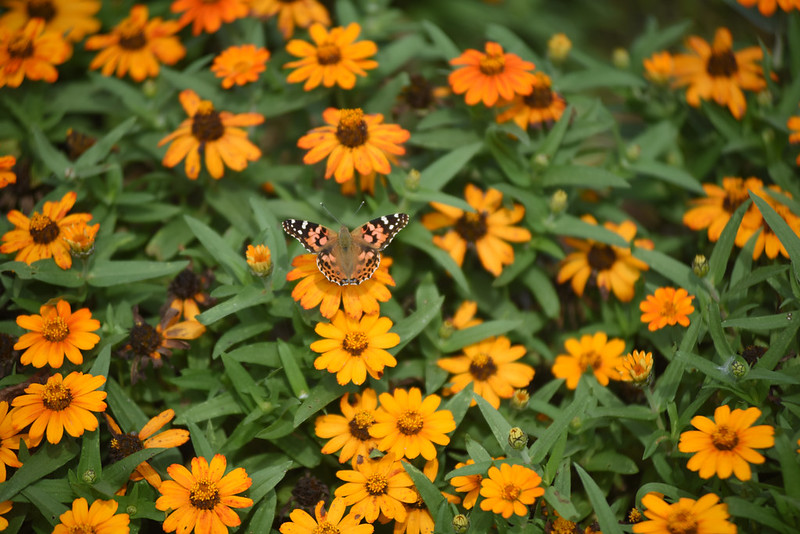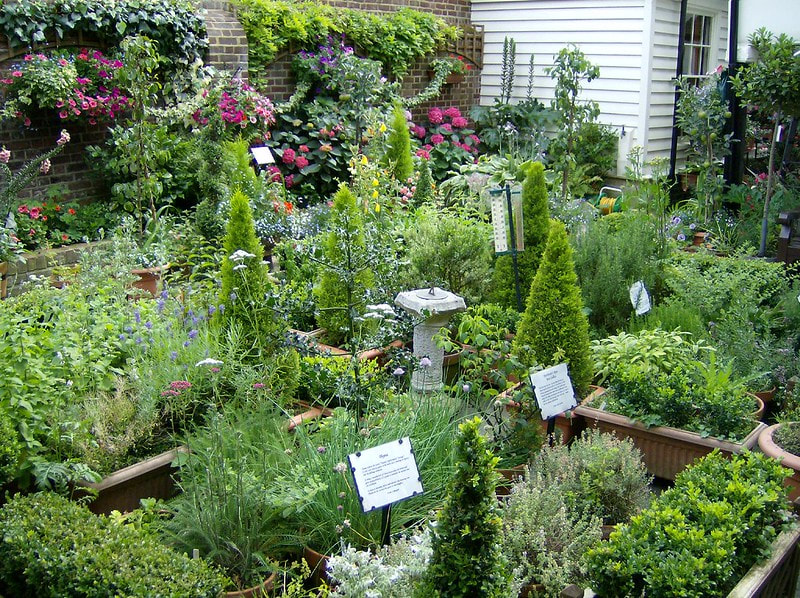According to the Water Utility Authority's Water by the Numbers schedule, in April and May you can set lawns, trees, and plant beds to be watered two times per week. The days you water are up to you but the times to water with certain devices are specific.** Since the weather is warming up, it is doubly important to have a good watering schedule for your plants so they stay happy and healthy.
**Please Note: Spray irrigation is NOT allowed between 11 a.m. and 7 p.m. from April 1-Oct. 31 and is considered water waste.
| Pollen Problems April is definitely hay fever month. While it's not the only one, it does have the highest pollen count despite efforts made by the City fathers to eliminate pollen-rich plants from local nurseries. If you are an allergy sufferer, this is not the ideal time to work in your garden! But worry not! We can still come out and do the work for you! | Which Plants are the Problem? Now which plants are usually to blame? Plants with large and/or colorful or showy flowers rarely cause allergies because they are bee, moth, bird, or butterfly pollinated. It is the wind pollinated flowers which are usually small and inconspicuous that produce the fine, airborne pollen which cause allergies. Some of our most prominent trouble makers are grasses, and Juniper, Cedar, Elm, Pinon, Ash, and Mulberry trees. |
| Deadheading As flowers fade, cut or pinch them to encourage the plant to continue flowering, this is called “deadheading.” It is a regular maintenance practice that we provide which can be done throughout the growing season, from spring until autumn. The best time to do it is when the flower's appearance begins to decline. Deadheading refreshes the look of the plant, prolongs the blooming period, and encourages more blooms. If you don’t deadhead, the plant puts its energy into seed production and dispersal instead of bloom, vegetative, and root growth. Although there are some plants that continue to bloom without being deadheaded. |
| Soil Prep for Planting This is also a good time to prepare the soil for your annuals and vegetables, or have us do it for you. Remove and discard all weeds and debris. Spread compost and manure and loosen the soil with fork using a prying motion which preserves the soil layers and organisms. Water thoroughly. If you solarized the beds in late February, re-dig them at this time. As usual, avoid walking on the beds, especially when wet, because it causes soil compaction. | Herb Ideas Don't forget to checkout our Herb Planting and Harvesting Guide to see what you can still do and plan for if you want some fresh herbs for your kitchen or for house projects. For example, Lavender is a great multi use plant that you can start outdoors right now! From calming teas and flavored sugars, to bath salts, DIY cleaners, clothing protection from moths and much more, Lavender is a definite garden must. Just remember to do your research! |




 RSS Feed
RSS Feed
